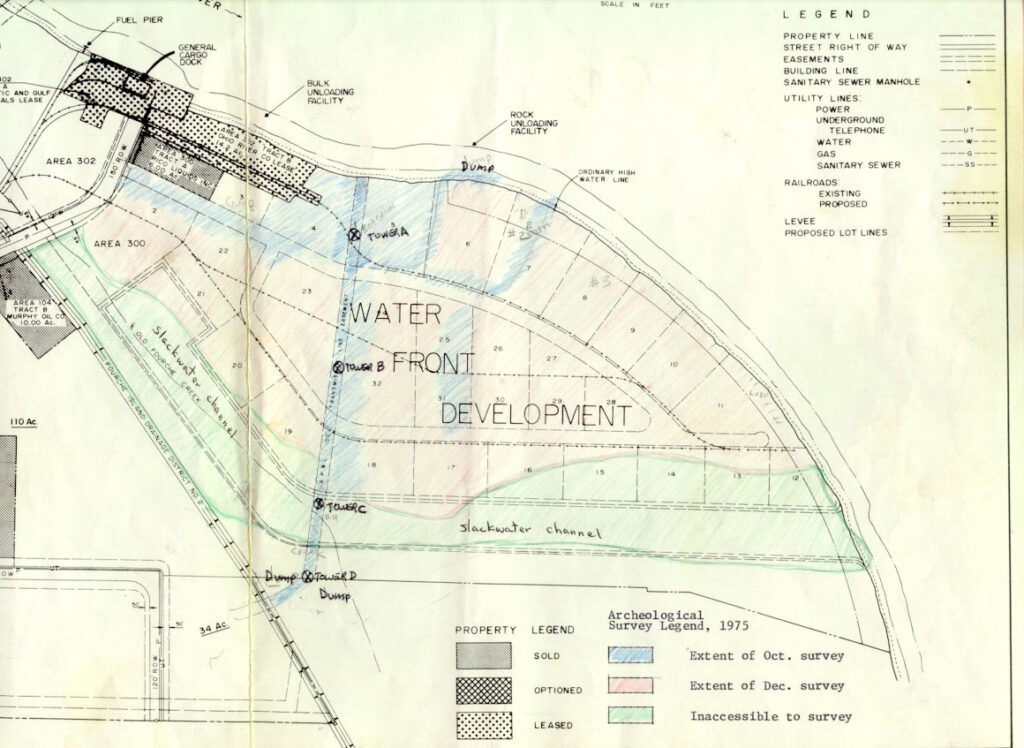One of the most impactful events in Arkansas history was the great flood of 1927. Many Arkansans lost everything: the flood destroyed levees, roads, farms, and communities.
While the losses were great, the event spurred congressional leaders to plan a navigable river system from the Mississippi River to Tulsa, Oklahoma. Politicians, engineers, and civilians alike came together with a vision to design a project that would greatly enhance Arkansas’s economy. In 1946, Congress authorized the construction of the Arkansas River Navigation System.
As a result, local elected officials in Little Rock began thinking about building an inland river port to create jobs for its citizens and to connect their city to the world. At the time, they were visionaries: these conversations occurred when the Arkansas River was not yet navigable, Interstate 440 didn’t exist, Clinton National Airport was Adams Field, and College Station was just being built.
On July 6, 1959, the Little Rock City Board of Directors voted to create a port. Shortly after that, they decided to locate the facility at River Mile 112.8, an area that was nothing but farmland. In spite of criticism and legal challenges, these visionaries held firm to their belief that the Port of Little Rock was the right investment for the community’s future.
↪ Want to Know More? Read about the history of the Port of Little Rock.
Today, 65 years later, the Port of Little Rock is 5,000 acres in size. It’s home to 50 businesses from six countries and provides employment to over 10,000 people. In addition, the Port of Little Rock:
- Handles approx. 900 tons of commodities a year that arrive from over a dozen countries
- Moves over 15,000 rail cars a year, serving both the Union Pacific Railroad and the Burlington Northern Santa Fe Railway Company
- Operates a Foreign Trade Zone
- Contributes $700 million a year to the Central Arkansas economy
65 years ago, a number of visionaries had a dream. Today, that dream has far exceeded anyone’s expectations. The Port of Little Rock will only continue to grow and have a positive impact on the City of Little Rock and the Natural State.


